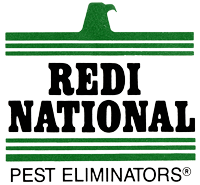What Pest Control Methods Are Safe for Pets?
In the ongoing battle against pests, homeowners often find themselves faced with the dilemma of choosing effective pest control methods while ensuring the safety of their beloved pets. With the increasing awareness surrounding the potential hazards of chemical pesticides, many pet owners are seeking safer alternatives that minimize risks to their furry companions. As the…
